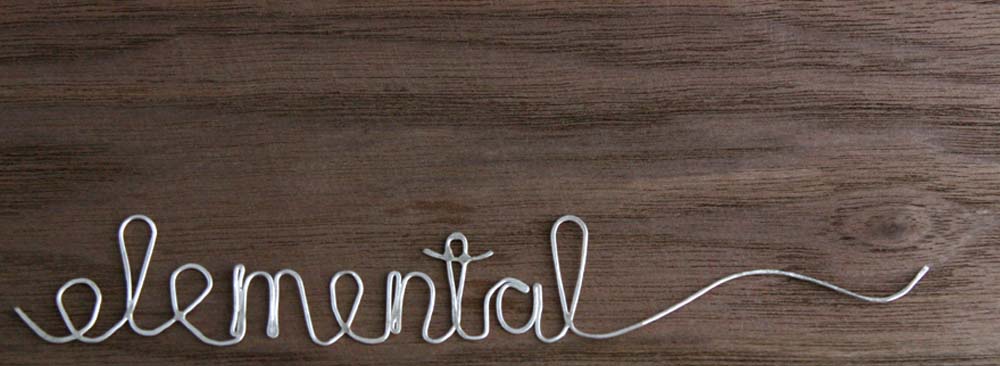 In art, value refers to the darkness and lightness of color or tone. The variations in light and dark within a drawing are what will make it come to life. Have you ever noticed how an unexpected highlight on an object makes it really pop? Or have you felt the depths of a darkly-rendered shadow? Yep, it's all about value. From the highest value—white, to the lowest value—black, and everything in between—this is what creates volume and sense of space and depth.
In art, value refers to the darkness and lightness of color or tone. The variations in light and dark within a drawing are what will make it come to life. Have you ever noticed how an unexpected highlight on an object makes it really pop? Or have you felt the depths of a darkly-rendered shadow? Yep, it's all about value. From the highest value—white, to the lowest value—black, and everything in between—this is what creates volume and sense of space and depth.In our still life of the group of tomatoes, we first took note of where the different light sources were coming from. Then we noticed where the brightest and darkest parts of our scene were. After those easier to identify values were determined, we discussed the more subtle shades, looking at how the lighter parts of the tomatoes fade gradually into different shades of darkness. This lesson is meant to be practiced in black and white, using pencil/charcoal on paper, so kids won't confuse light and dark color with light and dark value.
 There are different ways to render value. Some artists use cross hatching, others use sketchy lines or scribbles, others blend their pencil/charcoal to create gradual changes.
There are different ways to render value. Some artists use cross hatching, others use sketchy lines or scribbles, others blend their pencil/charcoal to create gradual changes. A good way to practice different values of light is to make a value chart. Simply draw a rectangle about 6" long and, starting with white, gradually sketch darker and darker values across until you have the darkest possible color your pencil can make. Show them how they can create darker colors by bearing down harder on the paper, as well as by using more lines closer together.
A good way to practice different values of light is to make a value chart. Simply draw a rectangle about 6" long and, starting with white, gradually sketch darker and darker values across until you have the darkest possible color your pencil can make. Show them how they can create darker colors by bearing down harder on the paper, as well as by using more lines closer together. Value Exercise:
Value Exercise:- Start by having your kids make a value chart. This will help them recognize the subtleties in all the shades between white and black.
- Have them try a few different ways of shading, and let them chose the method they prefer.
- Using a simple still life like the one in the previous lesson, ask your kids to tell you where the light is coming from how it is shining on the objects. It may help to set up the still life next to a window or a lamp, so that there are strong lights and darks for them to identify. You could even rig up a flashlight to make extreme shadows.
- Next, ask them to point to the brightest and darkest parts of the objects. Once those are established, have them take note of all the different shades in between.
- When they begin to draw, encourage them to use their value chart as a reference. Suggest that they use the white of the paper as the brightest spot, and fill in the lower values from there.
- If the kids are into it, ask them to try drawing one without using any lines at all. See if they can render objects just by creating various values.














 So we scrubbed, sanded, scraped, and washed (believe it or not, this photo was taken after it was cleaned). Orange and olive green paint were the chosen to revitalize this tiny work station.
So we scrubbed, sanded, scraped, and washed (believe it or not, this photo was taken after it was cleaned). Orange and olive green paint were the chosen to revitalize this tiny work station.  The finished product is headed to the nephews' home today, for many more years of use and abuse.
The finished product is headed to the nephews' home today, for many more years of use and abuse.  As for the
As for the 